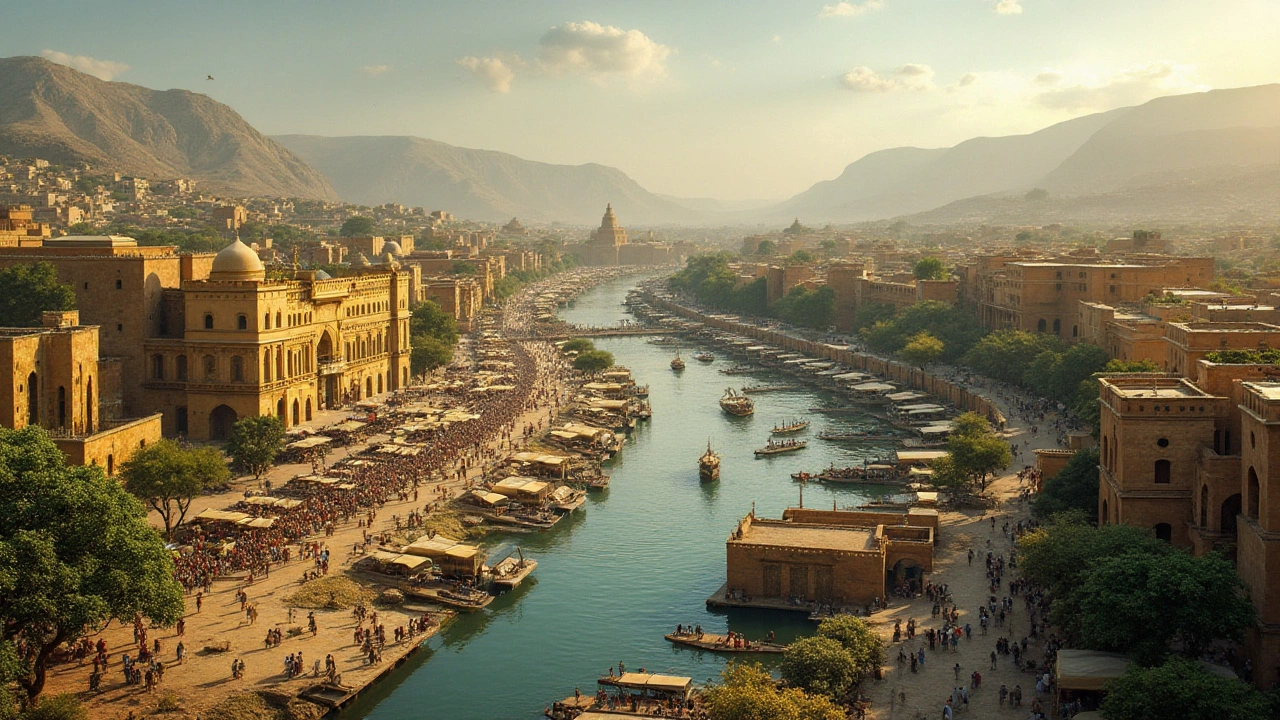History of India: From Ancient Valleys to Modern Nation
India’s past is a mix of stories you’ll hear in school, see in movies, and feel when you walk through old streets. From the first cities along the Indus River to the tech hubs of today, each era left a clear mark. Understanding this timeline helps you see why a simple greeting or a spicy dish has deeper meaning.
Early humans settled in the fertile plains of the Indus Valley around 2600 BC. They built well‑planned towns like Harappa and Mohenjo‑Daro, complete with drainage systems and baked bricks. These people traded beads, metals, and ideas with neighbors, showing that even then India knew how to connect.
Major Empires That Shaped the Subcontinent
After the Indus cities faded, the Vedic period (1500–500 BC) gave us Sanskrit, the caste system, and the first Hindu scriptures. The next big jump came with the Maurya Empire under Chandragupta and his grandson Ashoka. Ashoka’s rock edicts spread a message of non‑violence that still echoes in Indian values.
The Gupta age (4th–6th century AD) is often called India’s "Golden Age." Mathematics, astronomy, and art flourished – think of the concept of zero and beautiful temple carvings. Fast‑forward to the medieval era, the Mughal Empire painted a picture of grand architecture, poetry, and a mixed cuisine that still tastes amazing today. Their forts, like Red Fort, and monuments, like Taj Mahal, are everyday reminders of that blend.
British colonization began in the 1600s, but the real grip tightened by the 1800s. Railways, courts, and the English language arrived, but so did exploitation. The freedom struggle sparked by figures like Mahatma Gandhi, Jawaharlal Nehru, and countless unknown heroes turned the tide. In 1947, India finally broke free, setting the stage for a democratic experiment unlike any other.
Why Indian History Matters Today
Knowing the past isn’t just about dates; it explains why festivals like Diwali or Holi feel so vibrant, why regional foods differ, and why languages vary across states. When you hear a story about a Mughal emperor’s love for poetry, you’ll understand the lyrical rhythm in modern Hindi songs.
Modern India draws power from its heritage. The tech boom in Bengaluru can trace its confidence back to the ancient emphasis on learning and problem‑solving. Even today’s debates about social policies echo discussions that started centuries ago in royal courts or village gatherings.
So, whether you’re a student, traveler, or just curious, digging into India’s history gives you tools to read the present more clearly. It’s like having a map that shows why the roads are where they are. Each empire, each ruler, and each cultural shift adds a layer you can see in today’s music, food, and daily conversations.
Next time you enjoy a cup of chai, think about the spice routes that once linked India to the world. When you watch a Bollywood dance, remember the ancient rhythms that survived wars and rulers. History isn’t locked in books; it lives in the streets, in the festivals, and in the way people speak.
